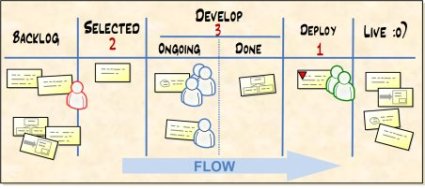Looking back in time, last 6 years have been amazingly wonderful. During this time I have seen my 2 kids grow and mature as I continue to grown with them. Time spent with the kids has always been the biggest stress buster. Whether it was watching them smile while taking those short naps to reading their first story or wanting all my attention as soon as I got home at the end of the day.
As I think through how they have grown, I see a lot of similarities between bringing up kids and coaching teams. My parenting journey has helped me develop myself to fit into the coach role. With kids, coaching begins the moment a child starts to identify you as someone who they can trust and someone who is there to make their tomorrow better. Here are some key activities that I think have helped me enhance my coaching skills:
- There was a time when they would just listen. They would just wait to get instructions and follow. It was up to me as a father to ensure that they were engaged and watching as I worked towards building a strong foundation.
- As they continued to grow, we celebrated every single achievement and guided them to overcome failures.
- Come the age of 2 to 3, they started to explore. Explore ways of doing things differently without caring too much about the end result. I was happy to let them explore but made sure that they stayed within the boundaries and principles.
- And there were those off days when they just refused to listen. That was the time when punishing was not an option. I had to be patient, wait for them to settle down and then have a one on one discussion. The discussion was retrospective of what should or should not be done.
- As I walk this wonderful journey of brining up my kids, as a parent I continue to provide constant feedback so that these basics principles of life are constantly reinforced.
My daughter Nehmat is now 6 years and she is one self sufficient kid. There are times when I need to get back to my coaching role as she continues to grow but I guess this is one assignment where I won’t mind being involved for the next few years.
My son Arjit is 3 and needs constant coaching. My coaching with him is in the “Storming” phase where there are more disagreements as we continue to work towards his next stage of maturity.
I am sure there are coaches out there without kids or who are not great fans of kids, this is just a glimpse of my life with my wonderful kids. They continue to challenge me each day with their thinking and that pushes me hard to continue learning and improving.



